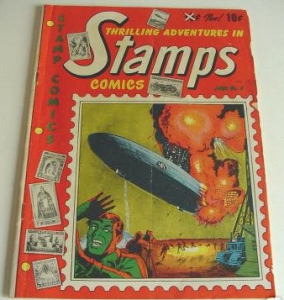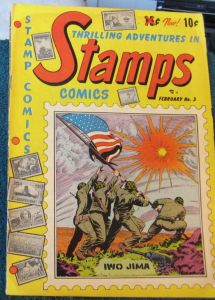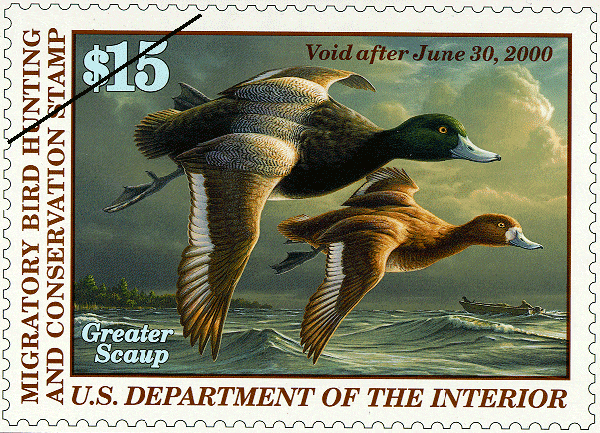 Harry Eccleston worked for more than 25 years as a banknote designer at the Bank of England and was best known for the series D notes, issued in 1978 and the first fully pictorial series. Eccleston’s portrait of the Queen was on the front of the notes and his drawings of Isaac Newton (£1), the Duke of Wellington (£5), Florence Nightingale (£10), Shakespeare (£20) and Christopher Wren (£50) were on the reverse.
Harry Eccleston worked for more than 25 years as a banknote designer at the Bank of England and was best known for the series D notes, issued in 1978 and the first fully pictorial series. Eccleston’s portrait of the Queen was on the front of the notes and his drawings of Isaac Newton (£1), the Duke of Wellington (£5), Florence Nightingale (£10), Shakespeare (£20) and Christopher Wren (£50) were on the reverse.
He also designed a 50-pence note bearing the figure of Sir Walter Raleigh but it was judged that, in a time of galloping inflation, the life of such a low-denomination note would be short and so a coin was minted instead. His original drawings of the Queen and of Wren were presented to her and in the same year he was appointed OBE.
Harry Norman Eccleston was born in Coseley, Staffordshire, and brought up in the Black Country. His home was on a council estate opposite derelict blast furnaces and surrounded by steelworks, a canal and a railway embankment. His father was a partner in a family furniture business, Eccleston Bros, but worked as a fitter in the motor industry. His mother was a dressmaker, and Eccleston regarded the example set by his parents’ craftsmanship and long hours as a pattern for his own future career.
His headmaster at Broad Lanes School recognised his early talent and encouraged him to take classes at the School of Art at Bilston. At 14 he became a full-time student, also attending Birmingham School of Art. At Bilston he had two exceptional teachers, Raymond Cowern and Andrew Freeth. Both were former Prix de Rome etching scholars who became Royal Academicians. They encouraged Eccleston to use his Black Country environment in his work, and industrial landscape was an inspiration for his printmaking throughout his career.
In 1942 he was called up for the Royal Navy. Commissioned as a sub-lieutenant the following year, he served in HMS Avon as an antisubmarine officer in the Middle East and the Indian and Pacific oceans.
After receiving his Art Teachers Diploma from Birmingham College of Art, he entered the Royal College of Art to study in the school of engraving under Robert Austin, one of the finest British printmakers of his day. On graduating in 1951, he began work as a part-time lecturer at Harrow, Twickenham and Richmond Schools of Art, and the following year took up a post as a lecturer in illustrating and printmaking at the South East Essex Technical College. He also moved to Harold Hill in Romford, Essex,where he lived in the same house for the rest of his life. His lifestyle was modest but a printing press occupied a downstairs room.
Subsequently, in 1958, Austin recruited Eccleston as the first artist designer to the Bank of England Printing Works, a position he held until 1983. He stayed on for three more years as a consultant until his retirement in 1986. The greater part of his time at the Bank was spent on two projects: the development of a computer engraving system to assemble notes more quickly than had been possible with previous, rather primitive, printing techniques; and, second, with Dr Ivor Stilitz, “perception researchâ€, which was aimed at making it easier for the public to detect forgeries. “It was interesting to learn from the work how instinctively wrong one could be,†he said. “No one in the world had ever carried out such work which, of course, we gave to everyone.â€
 (SIDELINE STORY)
(SIDELINE STORY)
Returning to his command of design detail, the back of the 1978 £1 merits close inspection. Featuring Isaac Newton, apple blossom, the reflecting telescope, the copy of ‘Principia’ (open at the correct page), and machine-engraved patterns suggesting the solar system, the design also includes a triangular cross-section prism of the same proportions and size as a well-known chocolate bar. Certainly the prism was included for reasons of historical accuracy and rightly so, but there remains the sneaking suspicion that it could also have been a mischievous inclusion. We will never know for certain but it did prompt an executive of Toblerone to write to the then Chief Cashier thanking the Bank for the free advertising. [ via BOE ]
In contrast to the highly decorative work necessary for banknotes, Eccleston’s output as an original artist was much more simplified. (“The nuts and bolts of seeing†was what really interested him, he said). Figures, as they appeared in his earlier pictures, are invariably still — as if standing in a frieze. The big black-and-white prints, his main works, are more minimalist and almost abstract in their austerity.
In the late 1960s he began a series of ten aquatints inspired by the steelworks at Caponfield in his native Black Country, which he had known and drawn since childhood. When the Caponfield gantry was pulled down he said that, for him, its loss as a source of stimulation was equivalent to “Renoir losing all his womenâ€.
They were succeeded by Stratford Variations, based on structures at Stratford station, and the Country Power Suite, a beautiful but stark and ascetic arrangement of power lines. Similarly, the parallel lines of sea and sky of the horizon at Worthing and Southend moved him to create a series of aquatints and watercolours. Their serenity seemed to reflect Eccleston’s deep religious faith.
In 1948 Eccleston was elected to the Royal Society of Painter-Etchers and Engravers (now known as the Royal Society of Painter-Printmakers). From 1975 to 1989 he served as the society’s president. Patient in committees and a deeply sensitive, considerate man, he was a father figure to the society. He was also a member of the Royal Watercolour Society, the Royal West of England Academy, the Royal Society of Arts, the Art Workers Guild, the Wynkyn de Worde Society (a society dedicated to excellence in printing) and an honorary member of the Royal Birmingham Society of Artists and the New English Art Club. Birmingham Museums and Art Gallery received a donation of watercolour drawings, etchings, sketches and archive material from the artist in 2004 and 2005 and held a large exhibition of some of these works in his honour, Harry Eccleston —the Black Country and Beyond. Eccleston’s work is also held by the Bank of England Museum, the British Museum, the Ashmolean, Oxford, the Royal Collection, Windsor, and the Fitzwilliam, Cambridge.
He married Betty Gripton in 1948, and she predeceased him. He is survived by their two daughters.
Harry Eccleston, OBE, artist and banknote designer, was born on January 21, 1923. He died on April 30, 2010, aged 87
[via TimesOnline ]

 Starting Jan. 1, 2012, Form 1099s will become a means of reporting to the Internal Revenue Service the purchases of all goods and services by small businesses and self-employed people that exceed $600 during a calendar year. Precious metals such as coins and bullion fall into this category and coin dealers have been among those most rankled by the change.
Starting Jan. 1, 2012, Form 1099s will become a means of reporting to the Internal Revenue Service the purchases of all goods and services by small businesses and self-employed people that exceed $600 during a calendar year. Precious metals such as coins and bullion fall into this category and coin dealers have been among those most rankled by the change.

 Harry Eccleston worked for more than 25 years as a banknote designer at the Bank of England and was best known for the series D notes, issued in 1978 and the first fully pictorial series. Eccleston’s portrait of the Queen was on the front of the notes and his drawings of Isaac Newton (£1), the Duke of Wellington (£5), Florence Nightingale (£10), Shakespeare (£20) and Christopher Wren (£50) were on the reverse.
Harry Eccleston worked for more than 25 years as a banknote designer at the Bank of England and was best known for the series D notes, issued in 1978 and the first fully pictorial series. Eccleston’s portrait of the Queen was on the front of the notes and his drawings of Isaac Newton (£1), the Duke of Wellington (£5), Florence Nightingale (£10), Shakespeare (£20) and Christopher Wren (£50) were on the reverse. (SIDELINE STORY)
(SIDELINE STORY)


 Just wonder what happens to stamp prices after the post office issues the forever stamp for good and abandons all other stamp endeavors as it shutters its doors over the next few years. Not to mention the slow death of ‘real’ stamp collecting with the due to increased releases of popular mass-media type of stamps that are labeled as
Just wonder what happens to stamp prices after the post office issues the forever stamp for good and abandons all other stamp endeavors as it shutters its doors over the next few years. Not to mention the slow death of ‘real’ stamp collecting with the due to increased releases of popular mass-media type of stamps that are labeled as 

